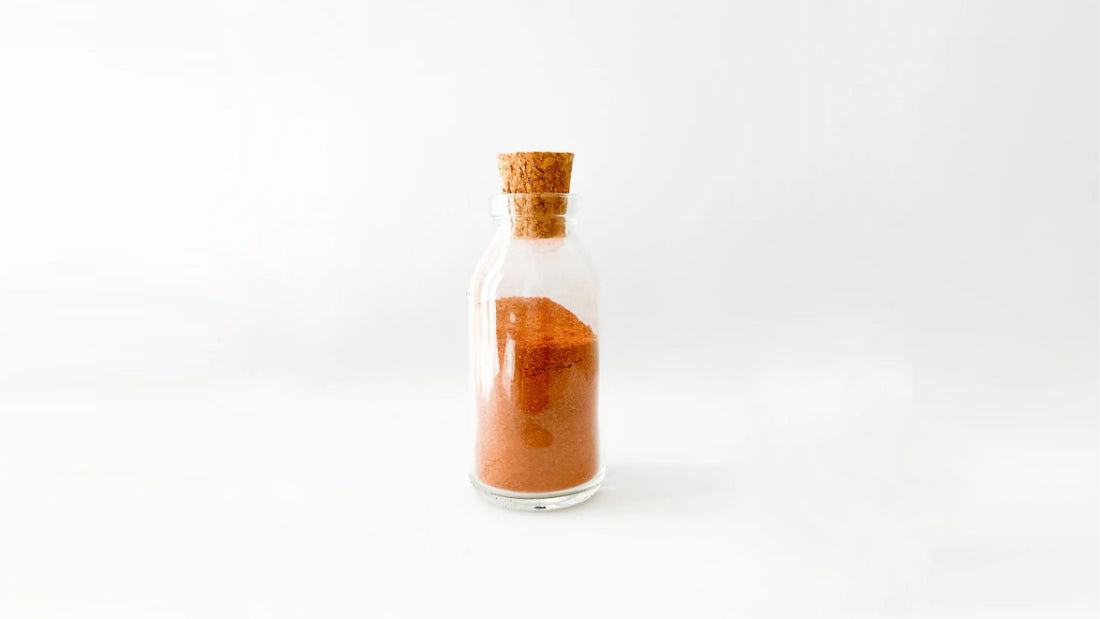
Everything to Know About Madder Natural Dye
Madder roots are one of the oldest dye extracts. Also known as Rubia tinctoria, it has been widely used for many centuries in Turkey and certain regions in Mesopotamia as well.
The roots of the plant often produce fiery reds. Though the color shades might differ based on the features of the soil. The weather and the water also affect the shades of reds that madder roots yield. With certain techniques, it is also possible to achieve purple, pink, orange, and yellow. The ancient dyestuff has other variants like Rubia cardifolia (Indian madder), but the most famous madder is the one famous for its rich reds. As the plant is mainly used in Turkey, it has also been called Turkish Red. Its vibrant color shows itself on traditional wall hangings and mesmerizing carpets. It has been widely used for more than a thousand years in many dyeworks.
Madder plant is the best source to obtain natural dyes. Artists and craftspeople who wish to achieve red dye when dyeing leather, cotton, and wool often depend on madder. In this extensive guide, we will delve into the process of dyeing with madder extract as well.
How to dye with madder extract?
Most natural dyers prefer using madder when they want to achieve vibrant red colors. It yields true and deep red shades especially when used with alum mordant. The mordanting process helps the color bite into the textile. Best dyeworks often include an accurate mordanting process to obtain great results. That also applies to your dyeing session with madder.

On the other hand, different types of mordants can also be used when dyeing with madder extract. Using iron as a mordant results in a shift towards purple shades. Madder extracts yield dark purple when applying an alkaline modifier, similar to aubergine purple.
- Use 5-10% percent weight of the fabric when dyeing with madder.
- Make sure that the fibers you will dye are pre-mordanted. This will allow the color to fix the textile.
- Make sure the amount of extract you are using is equal to 5% of the total weight of the fabric. Pour the dissolved powder into warm water and add it to the dye pot.
- Add the fibers into the solution and simmer for at least half an hour. You can also simmer it for 60 minutes if you want deeper shades. After this process is complete, leave it to cool.
How to dye with madder root powder?
Here’s another guide to dyeing with madder root powder. Follow the instructions below for a successful dyeing session.
- Use 100g madder powder to dye 100g of fiber. This will result in even more vibrant reds.
- Pour the powder into the pan.
- Release hot water from the faucet until the dye can move around on the pan.
- Make sure the dyebath is at 60-70’ C. Ensure that it is at this temperature for 60 minutes.
- After an hour, add web fibers and keep heating the dyebath 60’C for 60 more.
- Make sure that the temperature does not go higher to avoid dull shades.
- When the final heating is over, leave the dyebath to cool for several hours for a night. Do not forget to stir it occasionally.
If the result does not make you happy, feel free to reheat the dyebath until you reach the desired colors. Leave it to cool after the second dyebath.
How to get different shades with madder natural dye?
As mentioned earlier, madder roots are quite rich and generous. Therefore, it is quite possible to obtain orange shades thanks to the addition of other solutions. Citric acid solution or water with vinegar results in more yellow and orange shades. Also, keep in mind that madder dye is pH sensitive. This means that washing the fibers with alkaline causes a color shift towards pink.
On the other hand, madder extract can also be a great source of purple shades. In order to achieve dark purple shades with madder, fibers should be mordanted with iron sulfate.
If you still wish to achieve reds, make sure that you have the right temperature for the dyebath. The right temperature for dyebaths that contain madder and iron mordant is around 60 to 70 degrees Celsius.
History of Madder (Rubia Tinctorum)
Artists and natural dye enthusiasts still use madder in most of their products. Madder is still used to dye woven and knotted carpets in some parts of Turkey. While we know it by the name Turkey Red or Turkish Red, it is also found in Central Asia and the Middle East. Different variants of the plant like Wild Madder (Rubia Peregrine). There are examples of fabrics dyed with madder even in Japan.
There is no doubt that madder is an exquisite natural dye. Those who wish to achieve the deepest reds depend on this amazing plant.